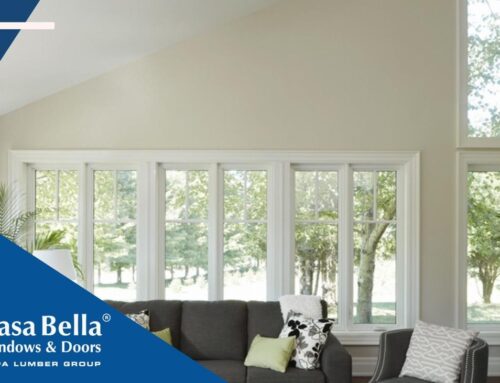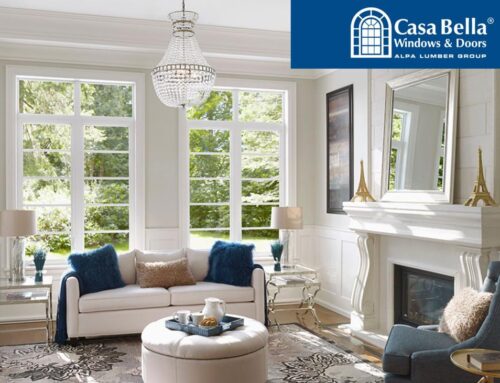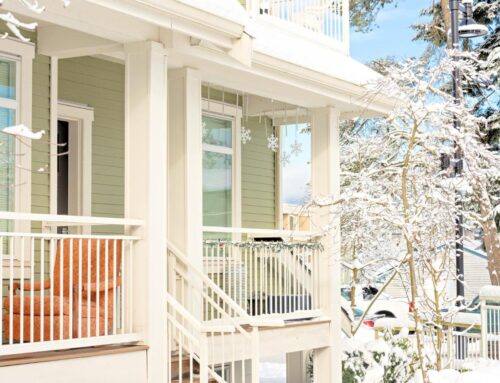Windows are one of those necessities in life that we certainly take for granted.
Many of us perceive windows as aesthetic architectural outlets that provide light and the ability to look outside. But there’s way more to windows than you might think.
In fact, we also rely on windows for ventilation, emergency exits, and of course, energy efficiency. However, considering all the important functions windows serve, we also expect them to be affordable, durable, attractive, and easy to operate. Many homeowners often dread purchasing new windows because there is a lot of technical information to learn before choosing to part with your money.
At the top of most consumer minds is the issue of energy efficiency, and luckily, we are living in an era where the high performance window is an industry minimum standard. These windows offer greater solar control, thermal comfort, and energy efficiency through the use of Low-E coatings, inert gas fills, and more reliable filling and framing.
If your windows are over 15 years old, it may be time to replace them for high performance windows, as you are likely squandering dollars on heat loss during the cold winter months. Not to mention, putting your family at risk to condensation.
Of the many Canadians who have chosen to renovate their homes in recent years, the majority has opted for window replacements in order to reap the benefits of energy efficiency. High performance windows generally last an average of 20 years or more, allowing the investment to give back in savings over time.
So if you’re in the market for new windows, then here are 4 crucial terms to understand in order to ensure that you’re making an educated choice and can ask sales people the right questions:
Operable and Fixed Windows
There are two types of windows: Those that open and those that do not. Otherwise known as operable and fixed.
Operable Windows: These types of windows come in different forms, including awning, casement, horizontal slider and single hung. To prevent air leakage there are two options, either a compression or a sliding seal. Windows with a compression seal are generally better for airtight assurance. Furthermore, windows like awning or casement that require locking should have a mechanism that pulls the unit tight against the seal.
Fixed Windows: You can have as many fixed windows as provincial code allows, however keep in mind that you need at least one operable window as an emergency exit. These types of windows are ideal for insulation because they are always guaranteed airtight. Furthermore, they provide additional security.
Glazing
When speaking of windows, you will often hear the phrasing single, double or triple glazed which refers to the number of glass panes included in a single window unit i.e. single glaze = one pane, double glaze = two pane etc.
In Canada, all windows should have a minimum double glaze with most window manufacturers offering several types of glazing, affecting the insulation value and the incidence of condensation. Plastic films can also be placed inside the glass for additional energy efficiency, as well as an inert gas like argon.
The variety of coatings on the glazing surface and argon gas can dramatically impact the insulating value of the window.
Spacers
In between windowpanes on a conventional double-glazed window you will see a strip of material where the glass meets the frame, and this is called a spacer. Spacers are designed to maintain a uniform separation between the panes of glass.
Traditionally made of hollow aluminum, spacers contain a drying agent to absorb any moisture present at the time of manufacture in the space between glazings. Metal spacers conduct energy easily, contributing the overall heat loss and poor window performance. For best insulation, choose spacers made from non-metallic materials.
Frames and Sashes
A window is made up of a glazed unit of glass, a frame and a sash. The glazed unit fits into the sash while the frame holds the sash in place.
The frame and sash can be major sources of heat loss due to conduction through the material, as well as air leakage (caused by expansion and contraction of the window frame). It’s important that highly conductive materials used to produce the frame and sash have thermal breaks in their design in order to increase energy efficiency.
In terms of materials, frames and sashes can be made from aluminum, fiberglass, vinyl, wood or a combination of these things. Each material has it’s own pros and cons so you might want to ask your sales person what is best depending on your particular needs.
Other considerations for new windows:
- Ask about window hardware. Operable units with hinges, casement cranks, handles and latch plates of a poor quality can affect overall window performance, especially in the colder seasons.
- Weatherstripping and pressure will determine the airtightness of the joint between operable sashes and the window frame. In general, compression seals are better than sliding seals with brush-like weatherstripping because they can be squeezed tightly between the moving sash and frame. Compression seals are more dependable and sturdy over the years and are not subject to cracking or other deterioration.
- Remember to always check the quality of the materials being used. Yes, low-priced options might seem appealing but poor quality windows are not a good long-term investment and will likely cost you a fortune in energy bills and other minor issues. Choosing something energy efficient, durable and low maintenance will provide ease of mind, comfort, and reduce the risk of condensation.
Have more questions about windows and doors? Feel free to contact the Casa Bella Support Team at 1-800-407-9917.



